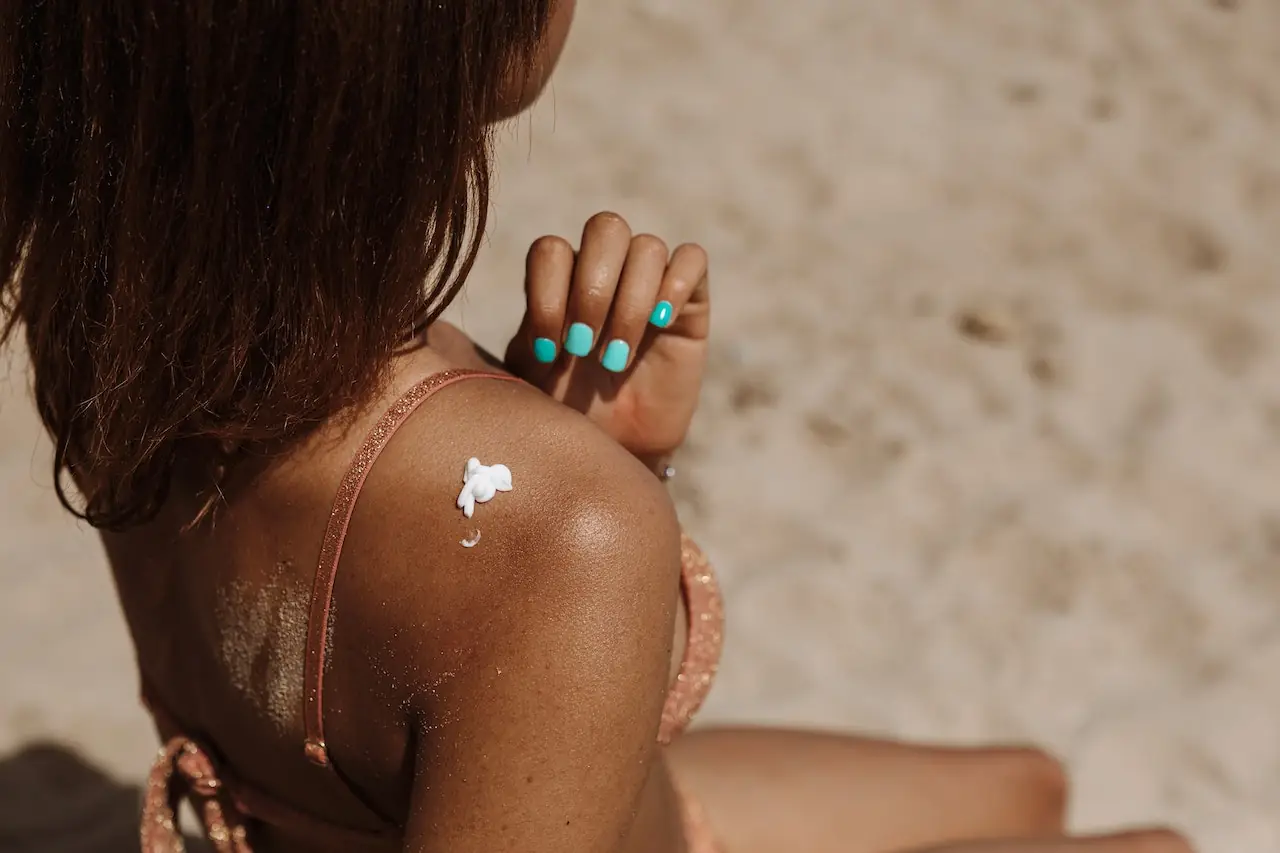
40 to 50 percent of people in the United States who live to be 65 will develop skin cancer at some point, so it's wise to perform regular (metaphorical) checks. Applying sun protection factor (SPF) might seem simple, but incorrectly can leave you more vulnerable to the sun than you think.
10 Common Sunscreen Mistakes to Avoid
The most frequent sunscreen mistakes are described below.
You're not Putting On Enough.
You may have read that one ounce (or one shot glass) of sunscreen should be sufficient to protect your entire body. The issue is that knowing and doing are two different things. According to studies, most people only use a quarter of the recommended amount to achieve the SPF on the bottle. If you only apply a small amount of sunscreen, even an SPF 15 will only provide protection equivalent to an SPF 8. A heaping handful should be used for the body, while a blob about the size of a nickel should be used to shield the face.
You Only Consider SPF
Not sure what to do because your bottle doesn't say "broad spectrum" Neither the harmful UVB rays nor the non-burning, cancer-causing UVA rays are likely to be blocked out (which penetrate more deeply, cause cancer, and accelerate skin aging). To protect against more sun types, modern sunscreens are typically broad spectrum. However, moisturizers and SPF makeup rarely protect against UVA rays. These should be treated as bonus points, and broad-spectrum sunscreen should be worn daily throughout the year.
You Need to Reapply Often Enough.
Sunscreen must be reapplied every few hours. Period. Whether the SPF is 15 or 50, after two hours in the sun, and much sooner if you've been in water or sweated heavily, the efficacy of any sunscreen formula begins to diminish significantly. However, reapplication is not only necessary for lazy days at the beach. UV (ultraviolet) rays can penetrate glass, so spending the day next to a window or in a car will expose you to some of the sun's harmful rays. Stick or powder sunscreens are convenient for daily reapplication, as they can be quickly swiped in overexposed areas without disturbing your makeup.
You Put It On Too Late.
The recommended time to apply chemical sunscreen is 30 minutes before sun exposure. The ingredients will begin to react to the UV light and work at that time. On the other hand, physical sunscreens, which include ingredients like titanium oxide and zinc oxide, require little to no activation before they begin protecting the skin from the sun.
You Seem To Believe That All Formulas Are The Same.
The lotion is the only thing being compared to a shot glass. Sticks, sprays, and wipes make applying sunscreen easier, but they also increase the risk of under-application because of their watery consistency. You want the sunscreen to leave a shiny, uniform layer across your skin. That's two, count them, two liberal coats of spray from head to toe inside a protective enclosure. Wipe down your entire body with the first wipe from head to toe, then repeat with the second wipe going in the opposite direction, beginning at the feet and working your way up. Rub the areas with the sticks three times.
You overlook spots.
Most of us are good about slathering sunscreen on our faces, but we often neglect other exposed areas, such as our ears, lips, and the back of our necks. Basal and squamous cell carcinomas tend to develop in these three areas, the two most common types of non-melanoma skin cancer. Melanoma, however, is most common on the backs of women's legs, another difficult-to-access area—the takeaway message: Apply and reapply sunscreen liberally to all exposed skin.
You're not taking the risk seriously.
Patients frequently utter the phrase "just" skin cancer after receiving a skin cancer diagnosis. They plan to remove it once and for all by surgically removing it. However, it is essential to understand that melanoma can metastasize to other organs, which is how it ultimately kills its victims. And it can spread rapidly in many cases. According to the most recent statistics, one person in the United States dies from melanoma every hour. However, squamous-cell and basal-cell carcinomas also have the potential to metastasize. This year, more than 5 million people in the United States will be diagnosed with skin cancer. This is why dermatologists stress the value of self-monitoring and regular professional exams. If you find a new or unusual spot before your regular checkup, it's best to schedule an appointment immediately.
You keep your sunblock for too long.
According to the research, sunscreens either have a three-year shelf life or a precise expiration date. See if the bottle has expired. If yours doesn't have a label, include the date you bought it. If there is no date on the product and you have no recollection of when you purchased it, you should either discard it or contact the manufacturer.
Sunscreen is the only protection you use.
Sunscreen is crucial, but there are other lines of defense against the sun. In addition, we should always wear protective clothing and accessories when going outside in the sun, and we should avoid unnecessary and excessive sun exposure (such as tanning) whenever possible. The best defense against the sun's rays is a dark color, a tight weave, and a snug fit. The ultraviolet protection factor (UPF) of specific garments is 50+, meaning that only 2% of the sun's rays can penetrate. Companies such as Parasol, Cover, and Nike make fashionable sun protection products.
You believe your darker skin gives you protection.
The natural SPF of someone with very dark skin may range from 5 to 8. While a darker complexion may reduce a person's susceptibility to sunburn, it does nothing to shield her from the skin cancer-inducing effects of ultraviolet A (UVA) rays. We also don't have a clear indicator of a burn to tell us when we've sustained severe sun damage because our skin is darker. Later on, skin cancer is harder to spot on people of color because while something like basal-cell carcinoma appears pearly pink on a Caucasian, on a deep skin tone, it is often a more subtle brown spot that tends to scab more easily. Last but not least, the prognosis is usually poor for people with dark skin because skin cancer is harder to detect. The rate at which African-Americans and Native Americans are diagnosed with advanced stages of melanoma is twice that of Whites. The bottom line is that people of all skin tones must be diligent about protecting themselves from the sun daily.
ALSO READ: 7 Things to Consider When Buying Sunscreen





